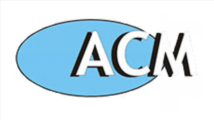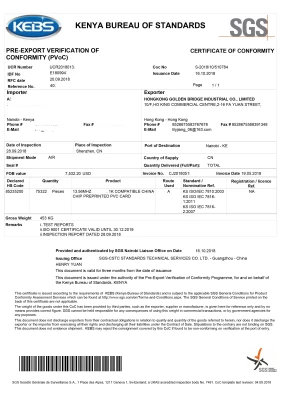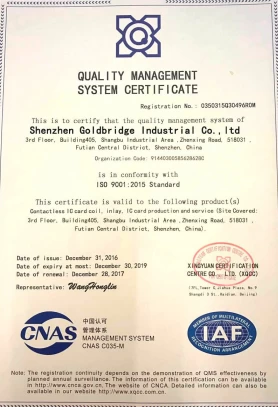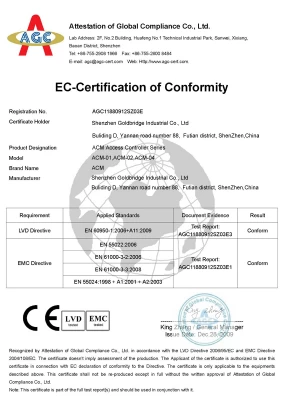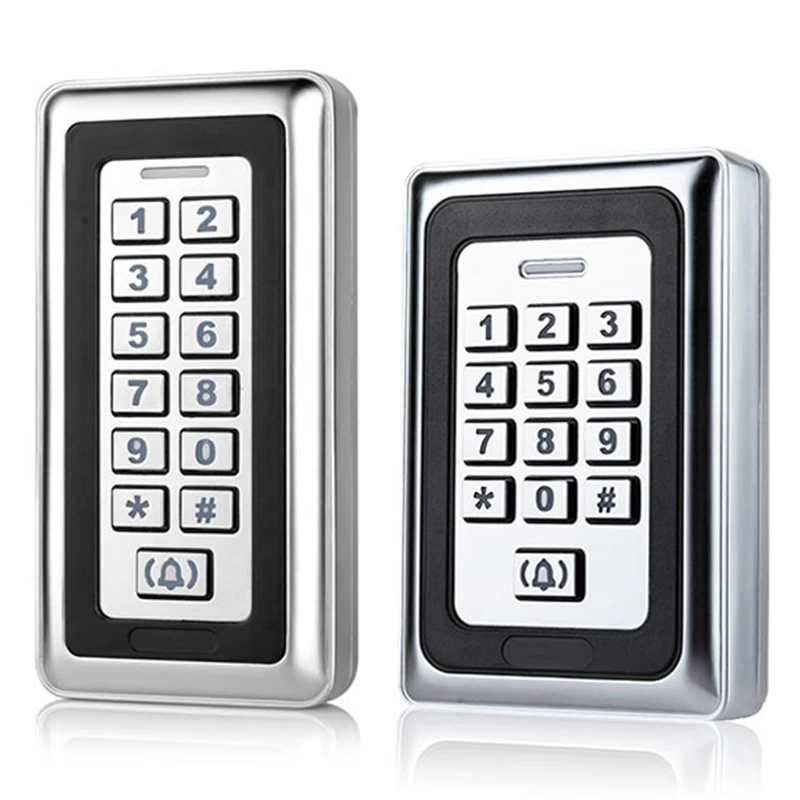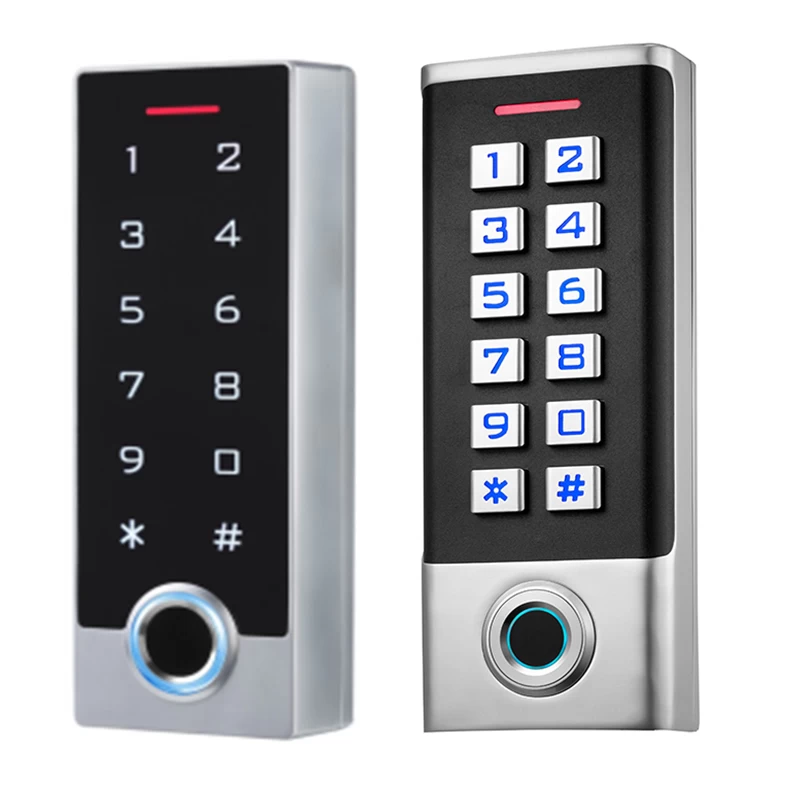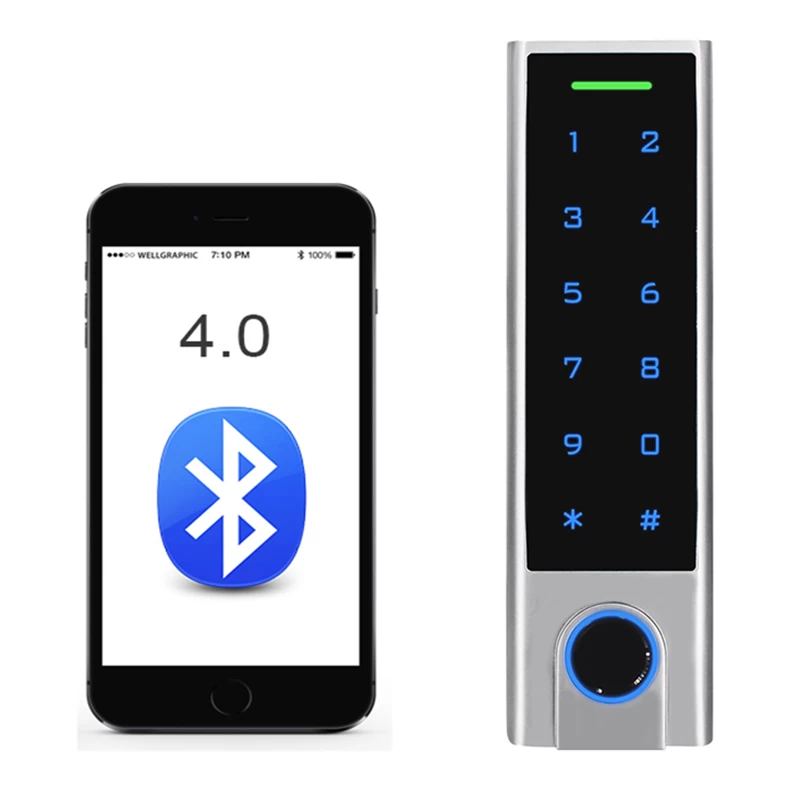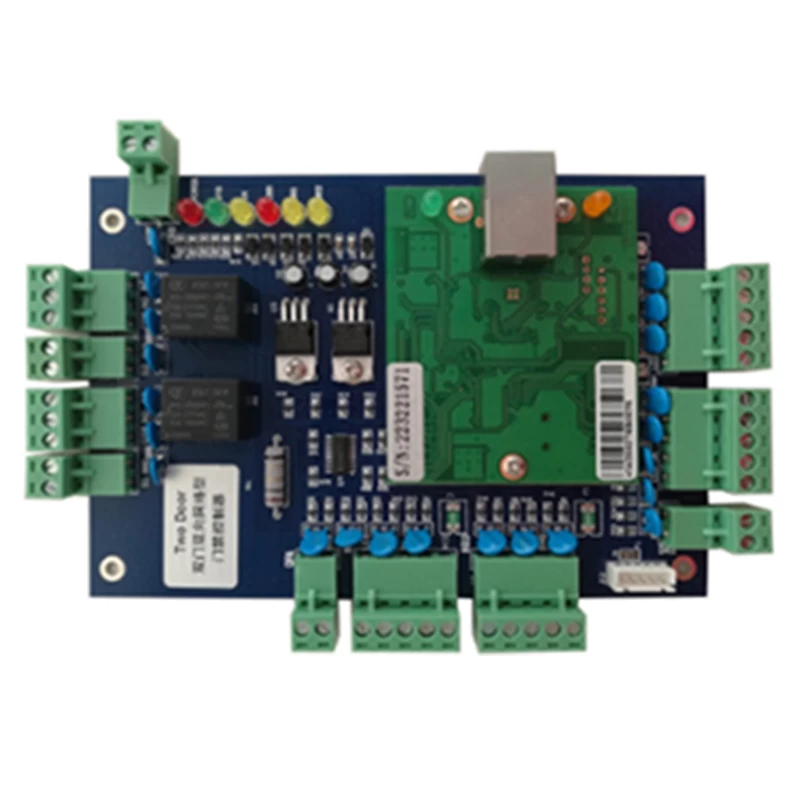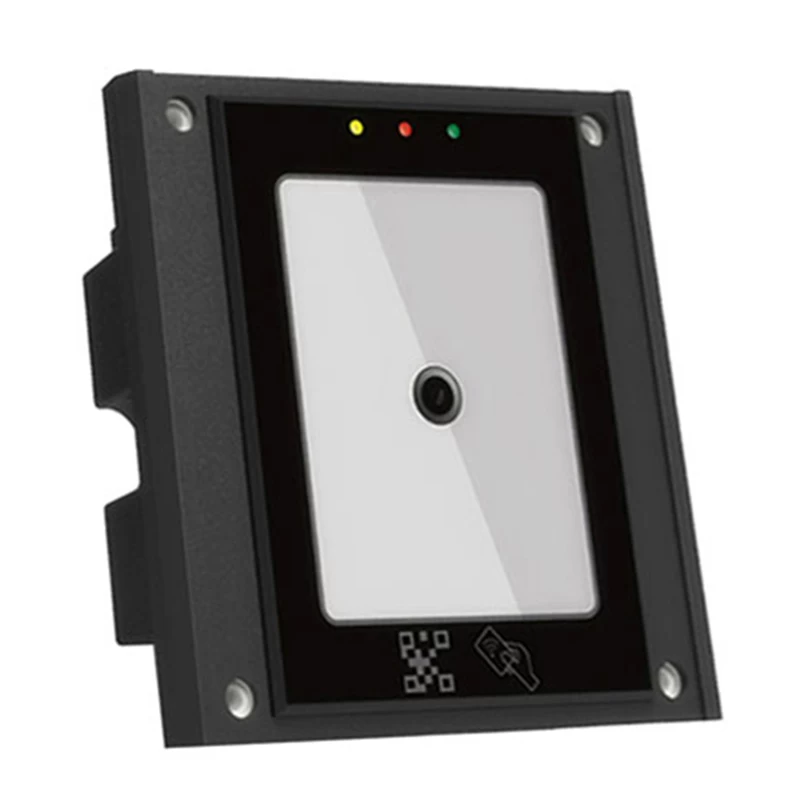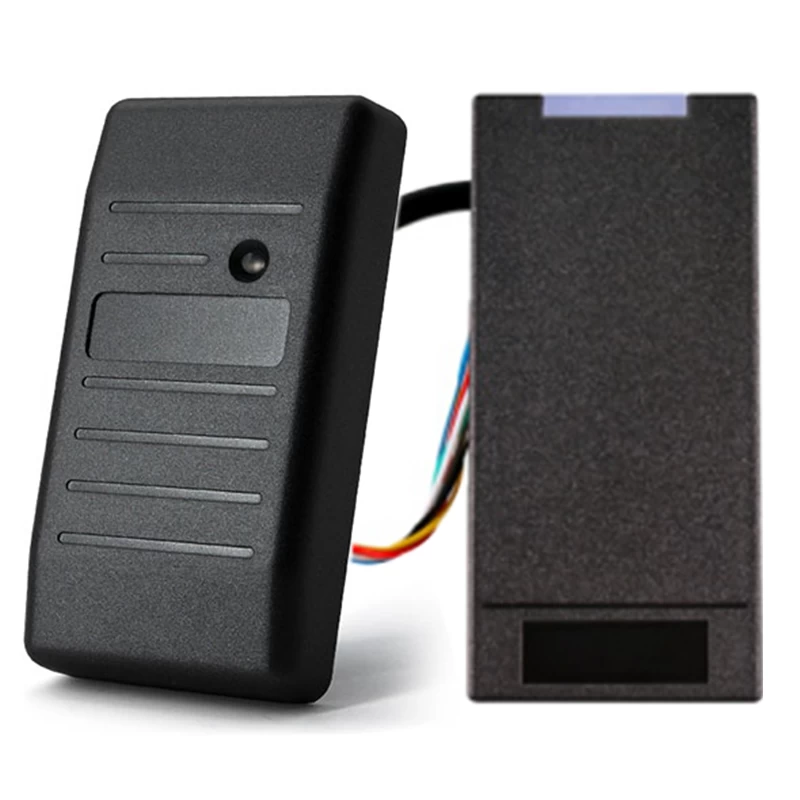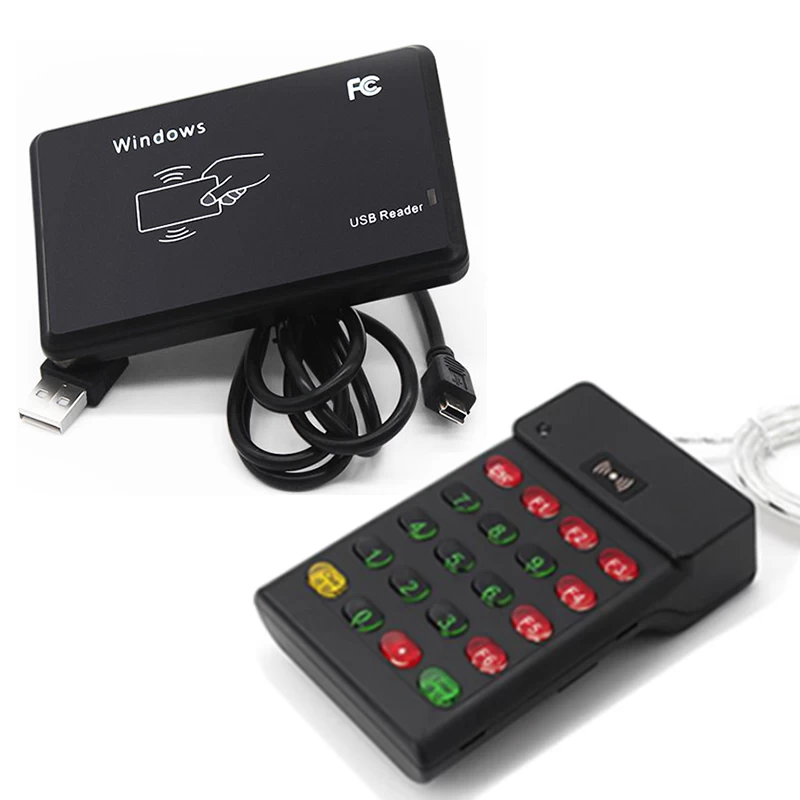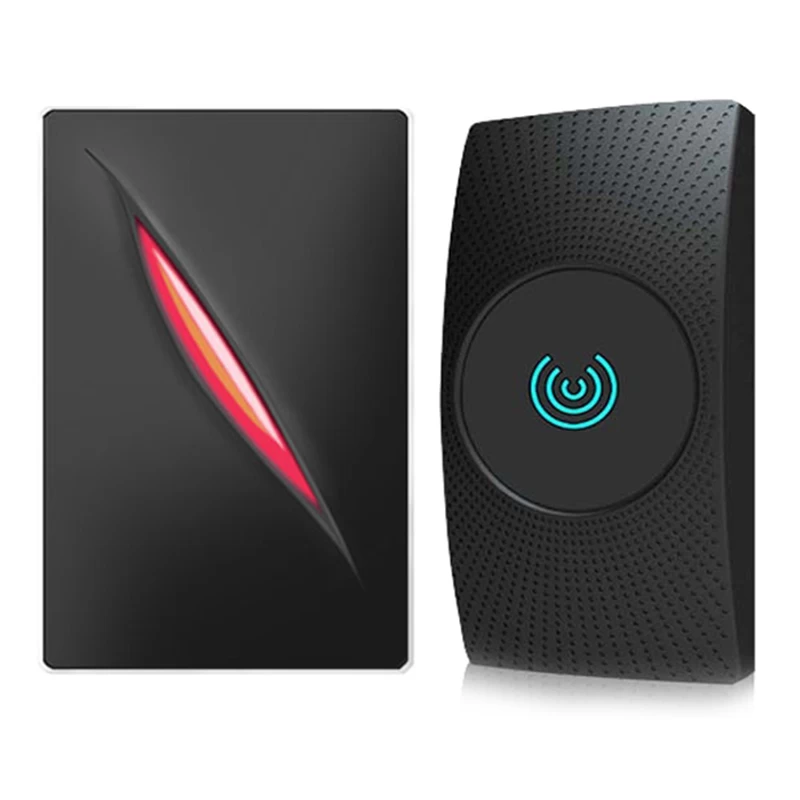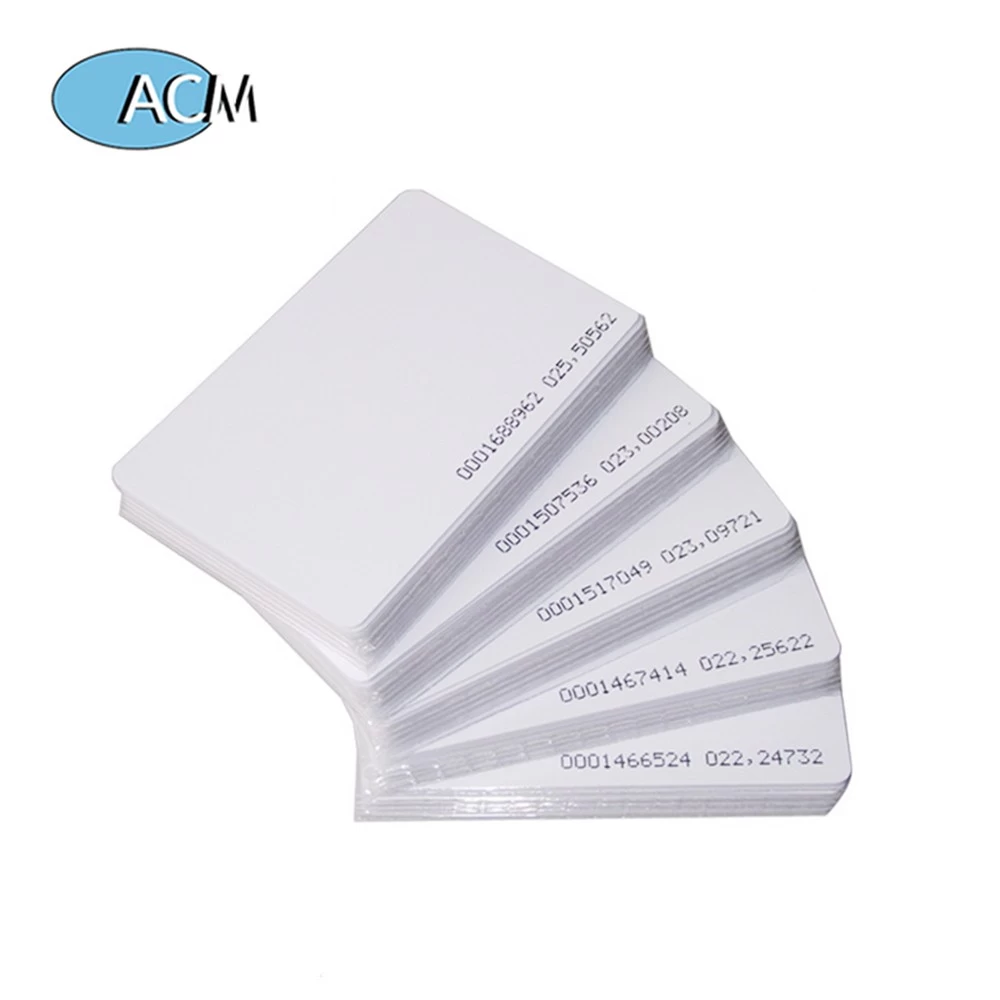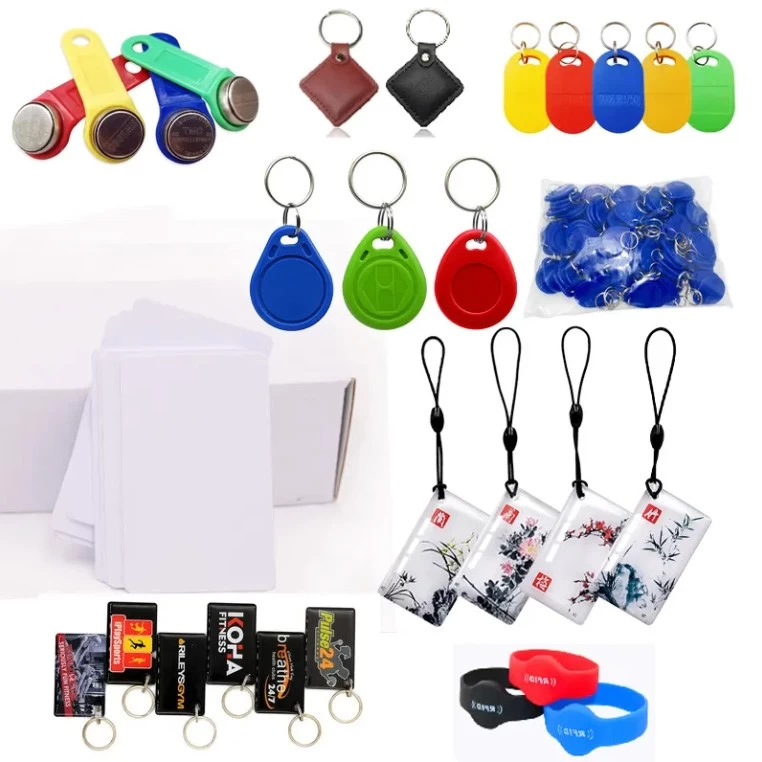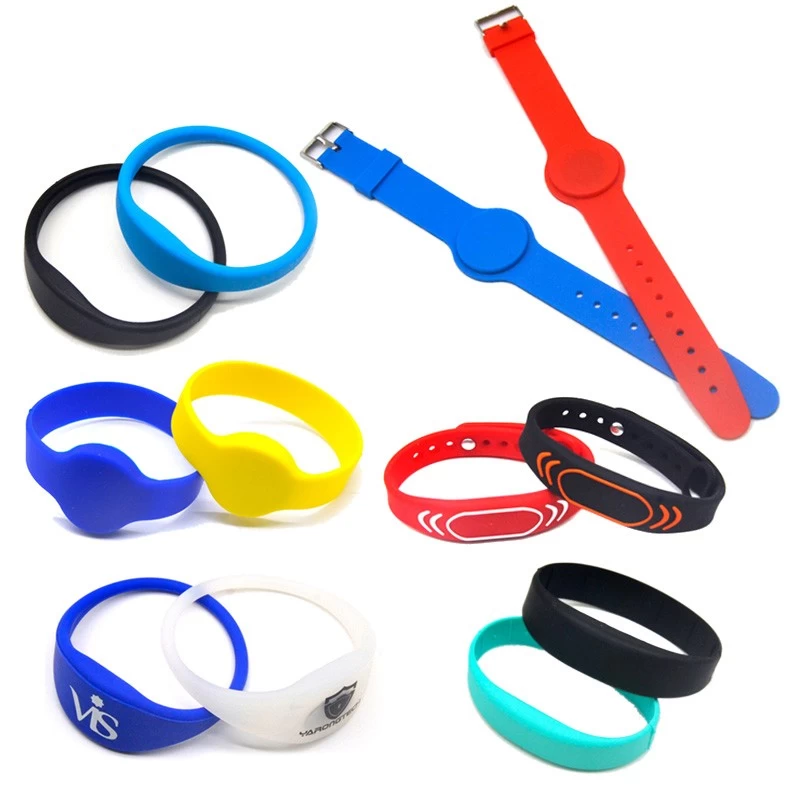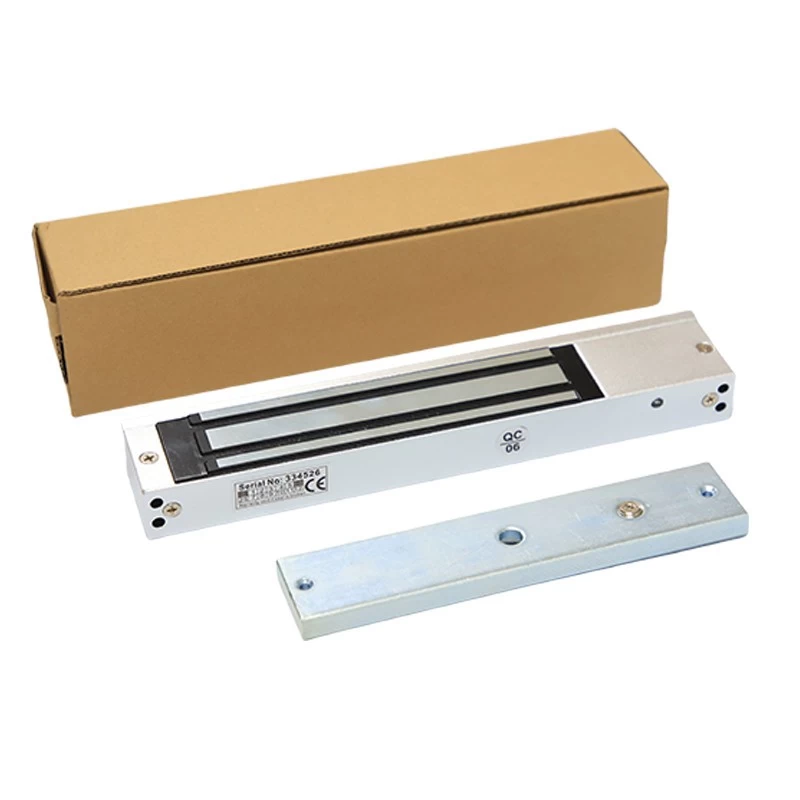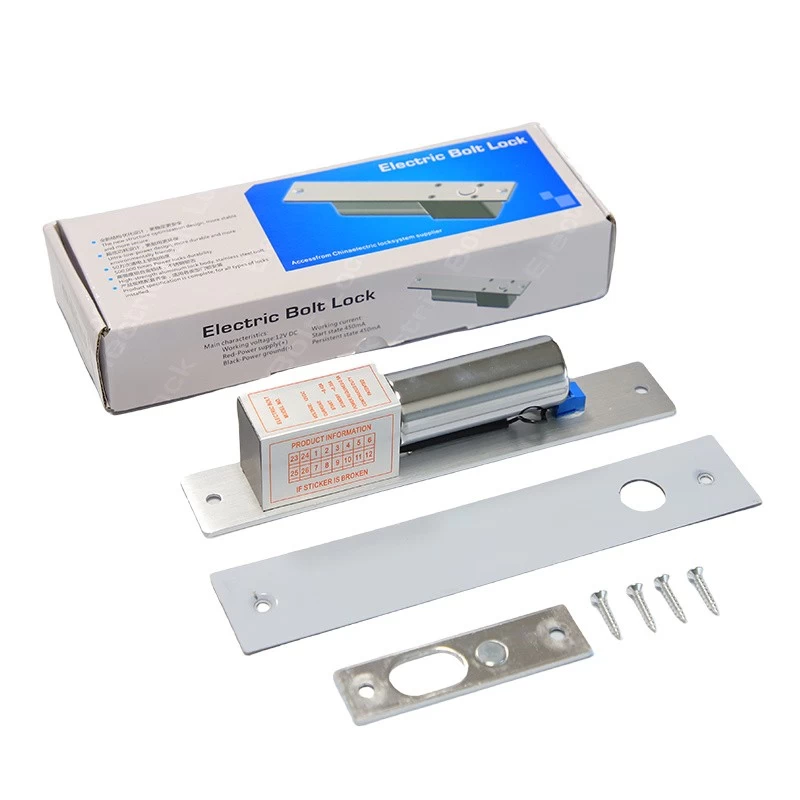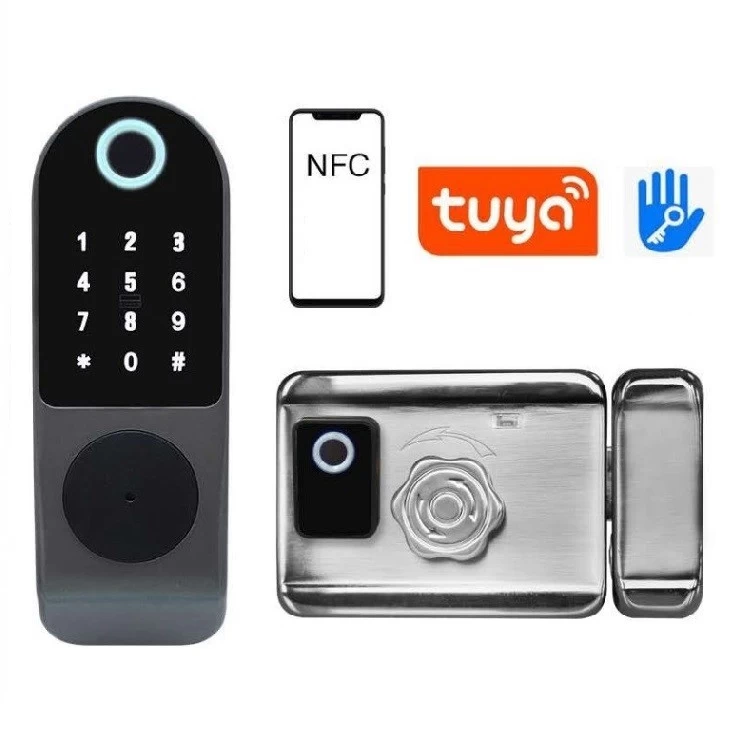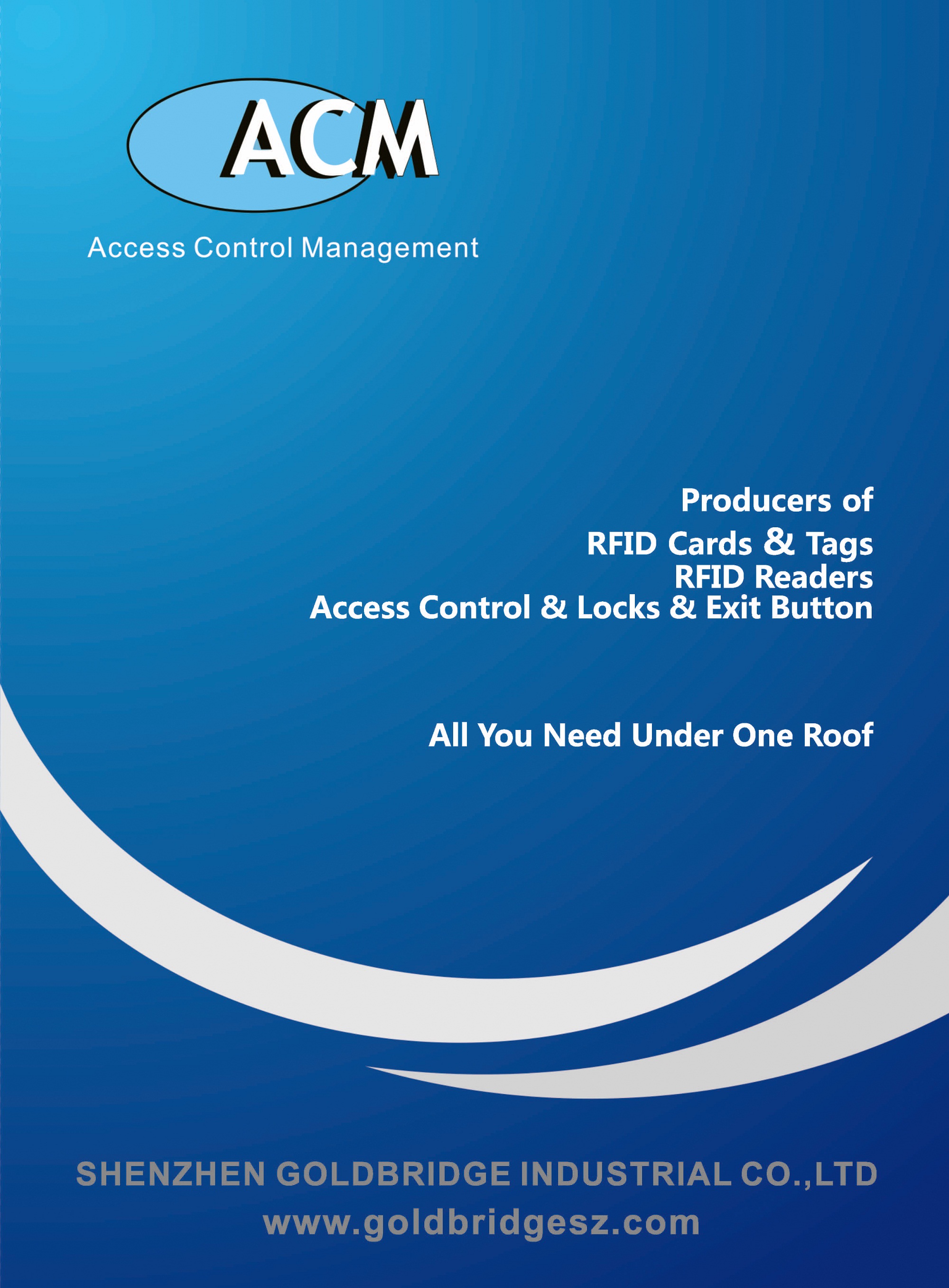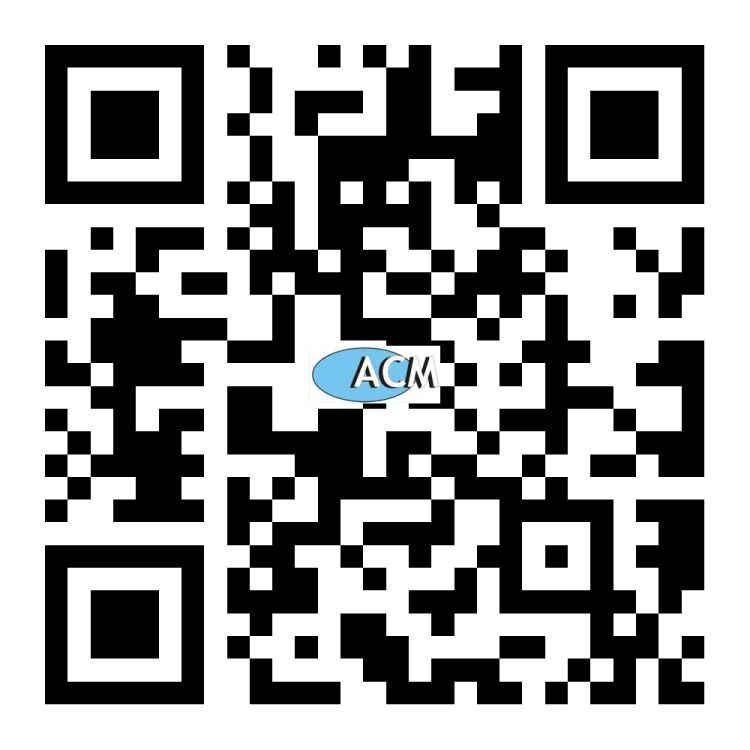Understanding RFID Standards: A Comprehensive Guide to Global Protocols and Applications
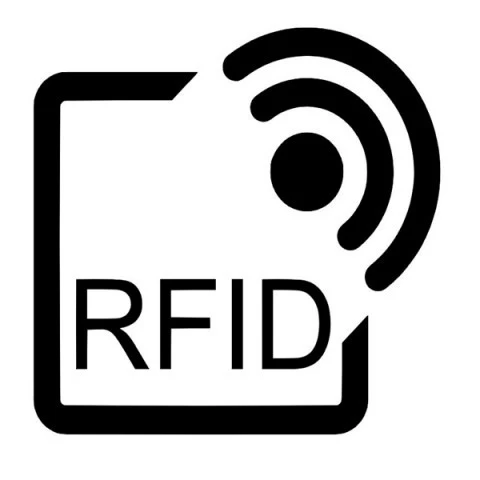
Introduction:
Radio-Frequency Identification (RFID) technology has revolutionized industries ranging from retail and logistics to healthcare and security. However, its effectiveness depends on adherence to global RFID standards, which ensure interoperability, security, and efficiency. This article explores the key RFID standards, their applications, and their impact on modern technology.
Key RFID Standards Explained
-
ISO/IEC Standards
-
*ISO/IEC 14443*: Used in contactless smart cards (e.g., payment systems, access control).
-
*ISO/IEC 15693*: Optimized for vicinity cards (e.g., library management, asset tracking).
-
*ISO/IEC 18000*: Covers item management across frequencies (UHF, HF, LF).
-
-
EPCglobal Standards
-
*EPC Gen2 (ISO/IEC 18000-63)*: The backbone of UHF RFID in supply chains, enabling high-speed inventory tracking.
-
-
NFC Standards (ISO/IEC 18092)
-
Near Field Communication (NFC), built on RFID, powers mobile payments and smart device interactions.
-
Why Standards Matter
-
Interoperability: Ensures RFID systems from different vendors work seamlessly.
-
Security: Standards like *ISO/IEC 29167* protect against data breaches.
-
Regulatory Compliance: Mandatory in sectors like aviation (IATA RP1740) and healthcare (FDA guidelines).
Emerging Trends
-
RAIN RFID: A UHF alliance promoting cloud-connected RFID solutions.
-
Battery-Assisted RFID (BAP): Enhances read ranges for IoT applications.
Conclusion:
As RFID adoption grows, understanding these standards is critical for businesses aiming to leverage the technology efficiently. From retail inventory to smart cities, standardized RFID systems are shaping the future of automation.
Stay informed—stay compliant—stay ahead.
